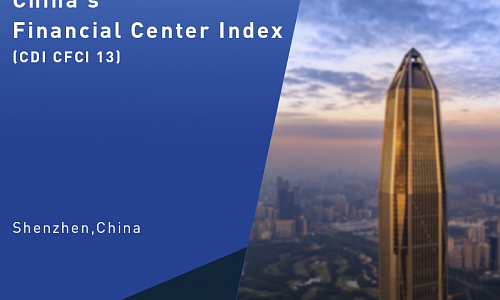
Books
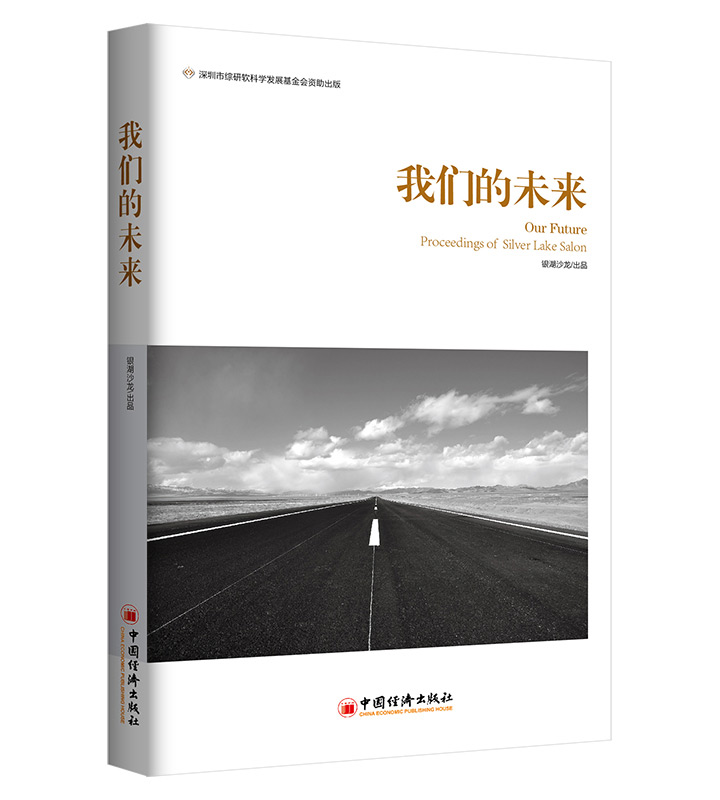
The book is focused on education by discussing education-related issues and solutions in order to transform people’s education concept.
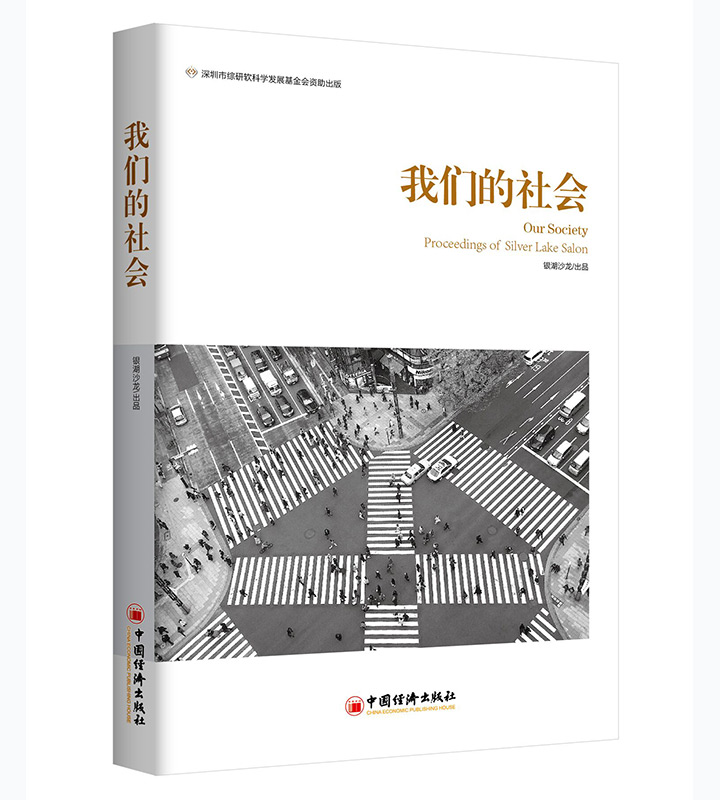
The book gives an in-depth analysis of such social issues as sustainable development, urban planning, medical system, industrial transition, community governance, social corporations, etc.
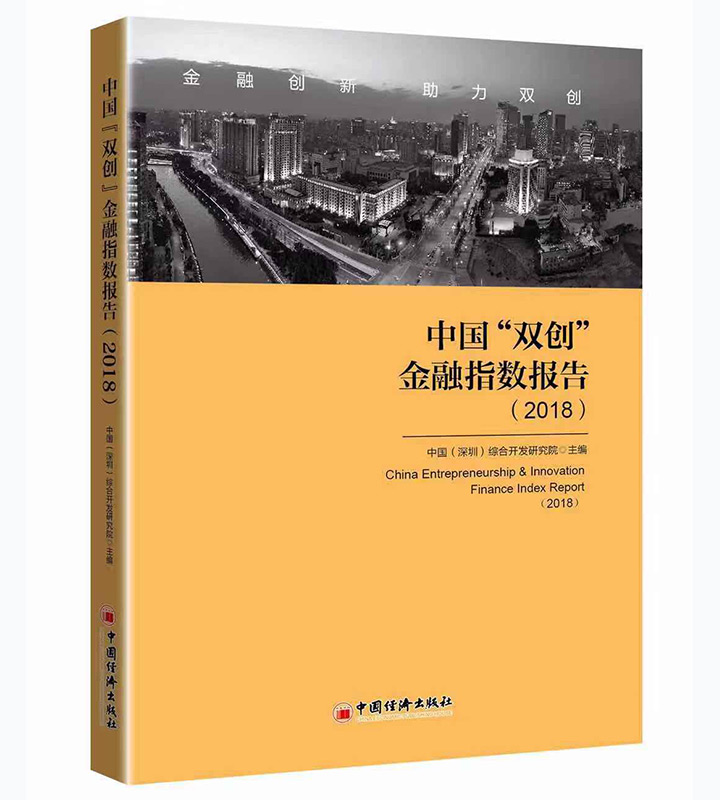
The 31 cities evaluated by the index witnessed a strong growth in their ratings, which shows that there is a huge demand for entrepreneurship and innovation finance. Beijing, Shenzhen, Shanghai, Guangzhou, Hangzhou, Chengdu, Suzhou, Chongqing, Tianjin and Nanjing ranked as the top ten in the index.
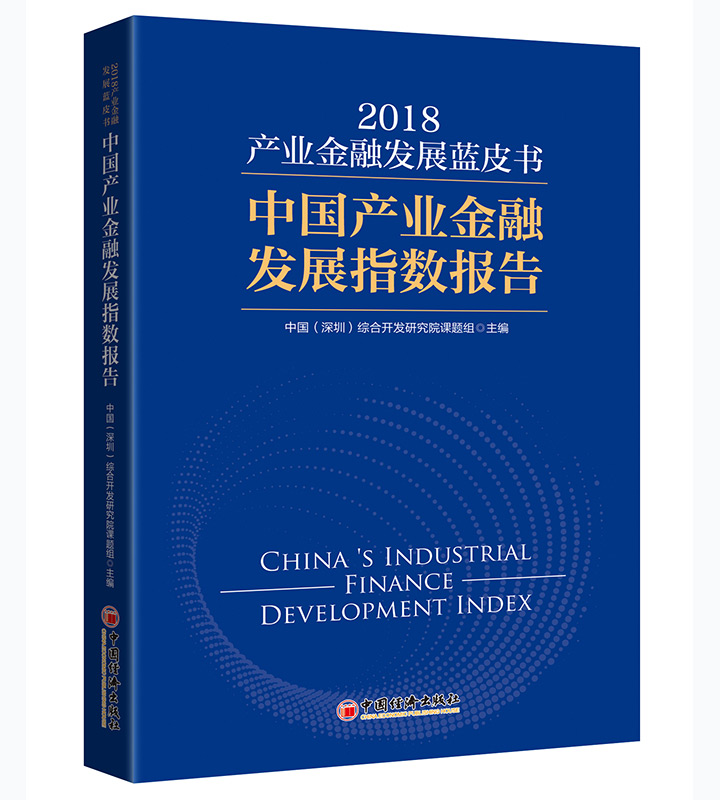
The index, dynamically monitoring efficiency and effect of financial activities related to the real economy, is aimed at exploring appropriate and effective financial measures to support the real economy and providing suggestions for financial reform and innovation.
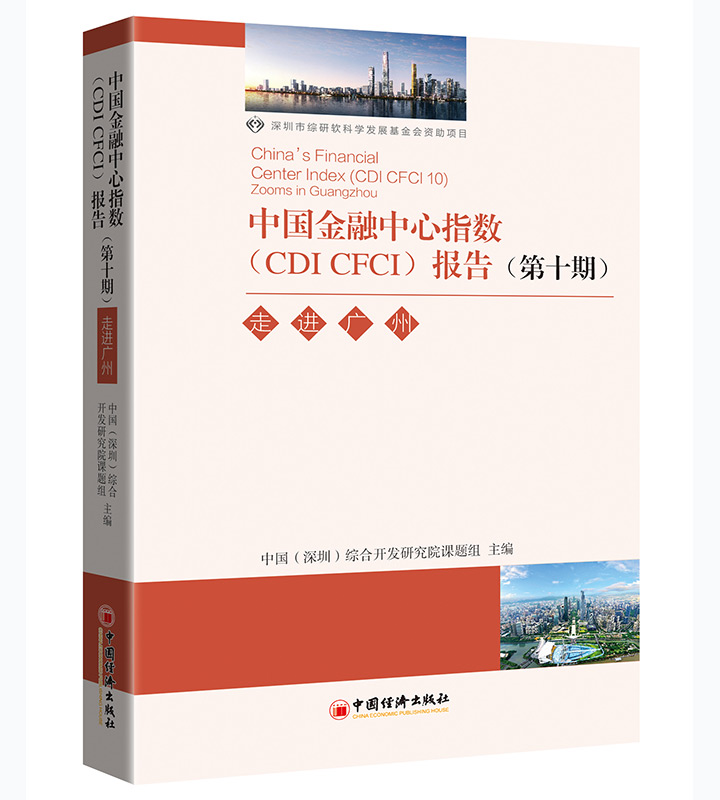
The CFCI, a comprehensive evaluation system of financial centers on the Chinese mainland, is aimed at exploring measures to enhance competitiveness of the financial centers. Shanghai, Beijing, Shenzhen, Guangzhou, Hangzhou, Chengdu, Tianjin, Nanjing, Chongqing, and Wuhan ranked as the top ten financial centers mainland according to the latest edition of the index.
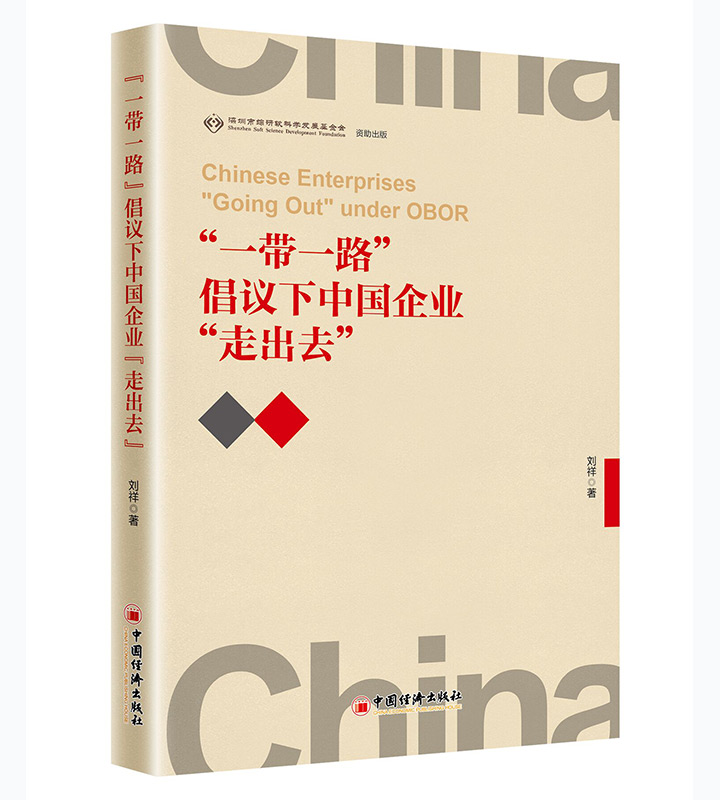
The book analyzes challenges for enterprises “going out”, approaches to avoiding political, financial and market risks, and establishment of an effective service platform and provides recommendations for sound and sustainable modes of “going out” under the Belt and Road Initiative.
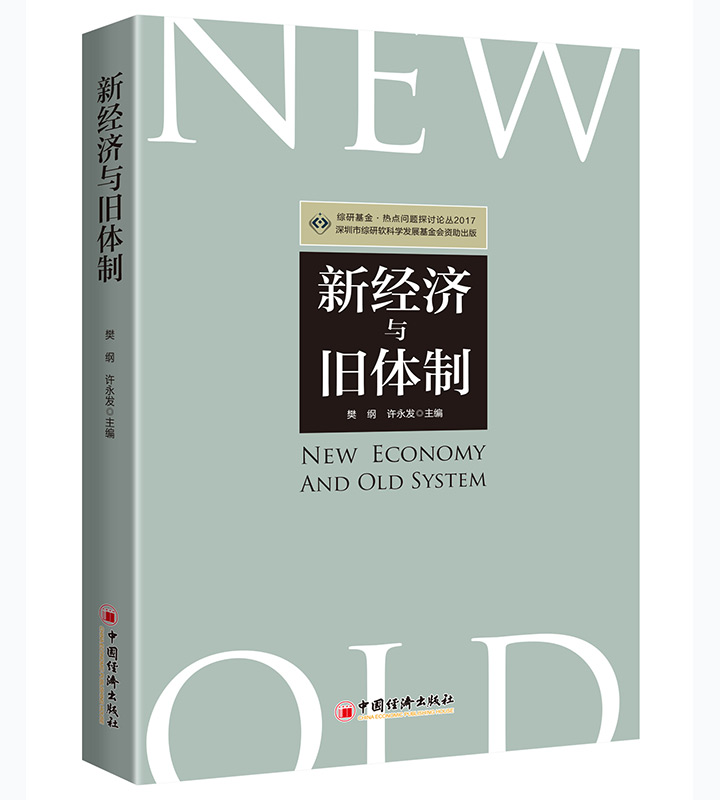

 The book discusses industries related to the new economy, regulations fit for the new economy, switch from old driving engines to new ones, innovation of inclusive system and provides practical recommendations for the innovative development of new economy.
The book discusses industries related to the new economy, regulations fit for the new economy, switch from old driving engines to new ones, innovation of inclusive system and provides practical recommendations for the innovative development of new economy.
 China has become one of world’s biggest overseas investors due to the implementation of the Belt and Road Initiative. What’s more, China has developed a new landscape for opening-up featured by two-way investment, financial market opening, measures to attract international talents and internationalization of the opening-up mechanism.
China has become one of world’s biggest overseas investors due to the implementation of the Belt and Road Initiative. What’s more, China has developed a new landscape for opening-up featured by two-way investment, financial market opening, measures to attract international talents and internationalization of the opening-up mechanism.
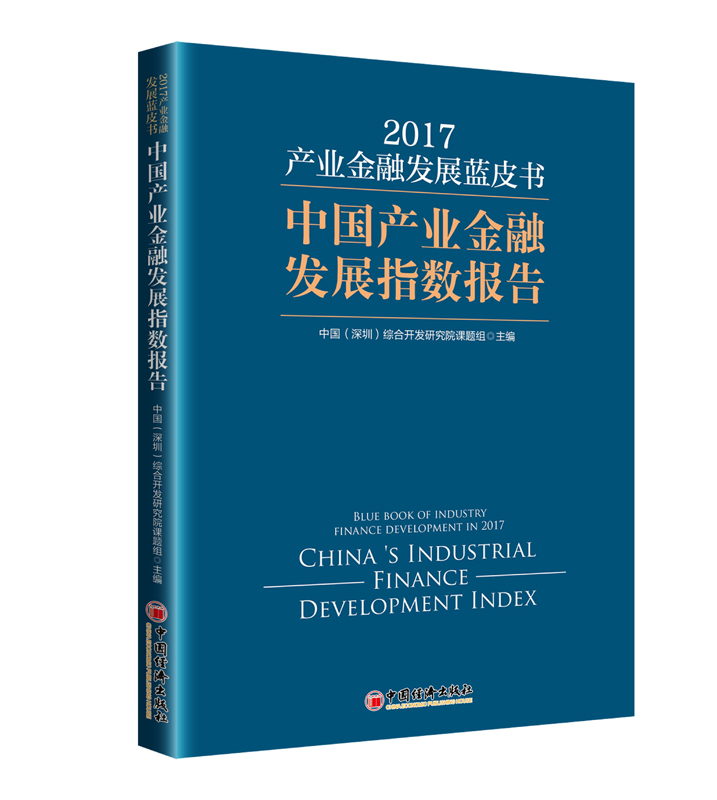 The index examines China’s industrial finance using 64 indicators in the five broad areas of capital support, structure optimization, service efficiency, innovation and resilience. The term of industrial finance in the book refers to financial services which directly support the real economy. The book is aimed at exploring financial reform and innovation which can improve the quality of financial services.
The index examines China’s industrial finance using 64 indicators in the five broad areas of capital support, structure optimization, service efficiency, innovation and resilience. The term of industrial finance in the book refers to financial services which directly support the real economy. The book is aimed at exploring financial reform and innovation which can improve the quality of financial services.
 The book is aimed at promoting the integration of philanthropy, finance and economy. The summary of and analysis on philanthropic experience is centered on how the economic and social development can generate public welfare for people’s livelihood.
The book is aimed at promoting the integration of philanthropy, finance and economy. The summary of and analysis on philanthropic experience is centered on how the economic and social development can generate public welfare for people’s livelihood.
More...
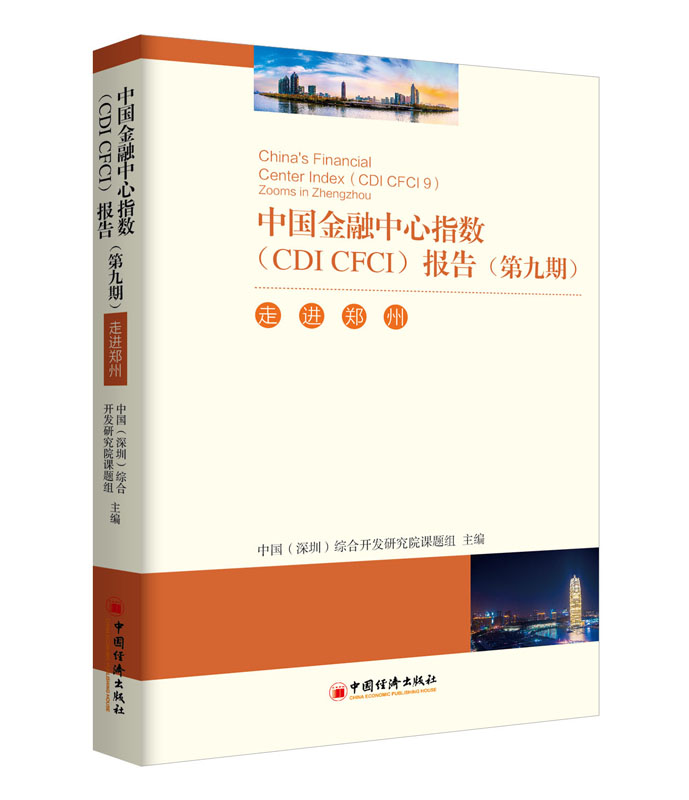 The CFCI 9 comprehensively evaluates 31 financial centers of China, using 88 indicators in the four broad areas of financial industry performance, financial institutions’ competitiveness, financial market size and financial dynamics. Since it was first released in 2009, the CFCI has been updated annually. The index shows that the 31 cities create 52% of the total value in financial services in China and own 81% of the total asset of commercial banks in China, 96% of the total asset of brokerage firms in China and 96% of the total asset of insurance companies in China.
The CFCI 9 comprehensively evaluates 31 financial centers of China, using 88 indicators in the four broad areas of financial industry performance, financial institutions’ competitiveness, financial market size and financial dynamics. Since it was first released in 2009, the CFCI has been updated annually. The index shows that the 31 cities create 52% of the total value in financial services in China and own 81% of the total asset of commercial banks in China, 96% of the total asset of brokerage firms in China and 96% of the total asset of insurance companies in China.
 China Entrepreneurship and Innovation Finance Index measures financial services supporting entrepreneurship and innovation in 31 major cities of China through 46 indicators.
China Entrepreneurship and Innovation Finance Index measures financial services supporting entrepreneurship and innovation in 31 major cities of China through 46 indicators.
 The book proposes to comply with the law of population migration and urbanization, release the limitation on metropolis development, accelerate the pace of urbanization and enhance economic impact of metropolis on surrounding towns and rural areas.
The book proposes to comply with the law of population migration and urbanization, release the limitation on metropolis development, accelerate the pace of urbanization and enhance economic impact of metropolis on surrounding towns and rural areas.
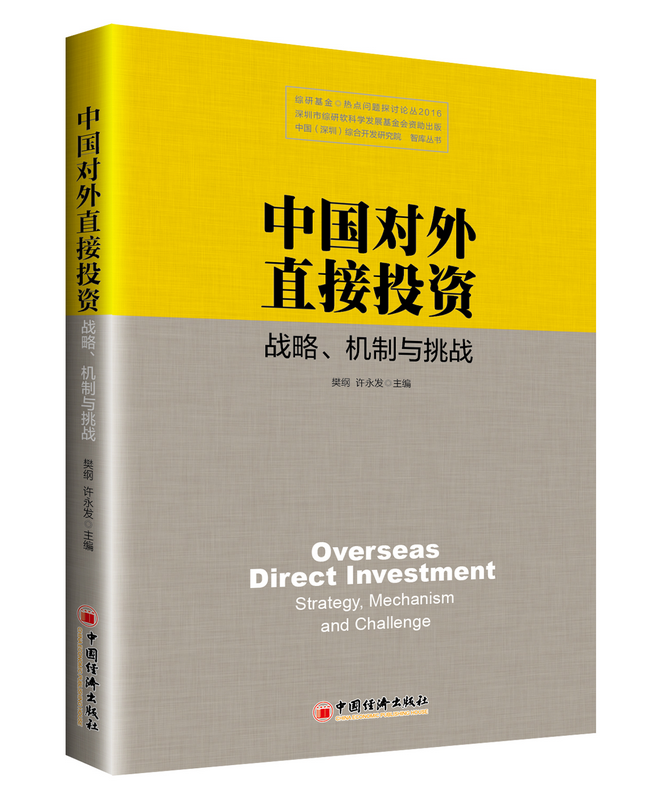 The book comprises three parts, namely to construct an open economy, risks and challenge of overseas direct investment, and opportunities and strategies for going-out enterprises so as to facilitate the 13th Five-Year Plan and China’s long-term economic development.
The book comprises three parts, namely to construct an open economy, risks and challenge of overseas direct investment, and opportunities and strategies for going-out enterprises so as to facilitate the 13th Five-Year Plan and China’s long-term economic development.








